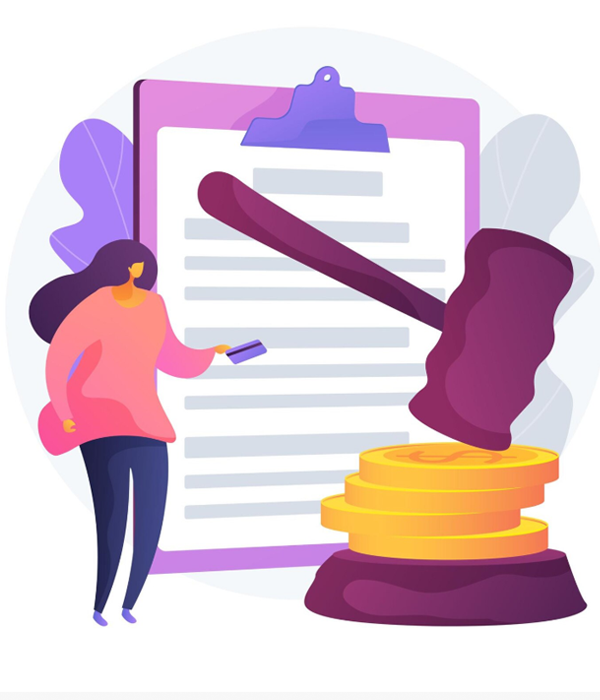Author: admin
-
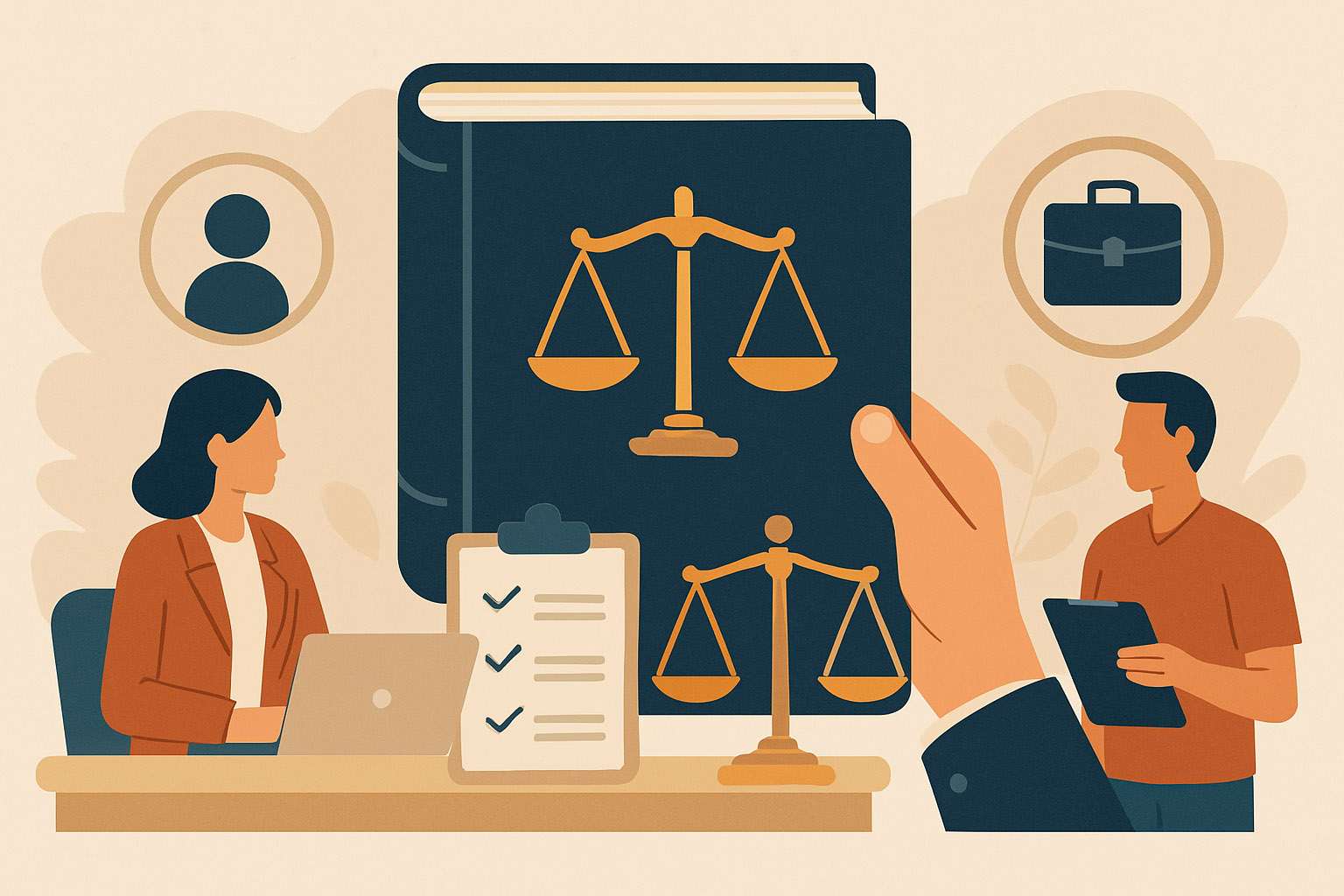
Legal Distinctions Between Employees and Independent Contractors

Legal Distinctions Between Employees and Independent Contractors
For nonprofit leaders, getting worker classifications right isn’t just about legal compliance—it’s about protecting your mission. The line between employees and independent contractors has always been murky, but new guidance from the Department of Labor (DOL), issued in early 2024, helps clarify that distinction.
With nonprofits often relying on a mix of staff and contractors to deliver programs, compliance with labor standards is essential. Misclassification can result in costly penalties and threaten the sustainability of your organization.
Why This Matters to Nonprofits
Understanding whether someone should be treated as an employee or an independent contractor is crucial for staying compliant with the Fair Labor Standards Act (FLSA). The DOL’s final rule, effective March 11, 2024, introduces an updated “economic reality test” to guide these decisions. Amid several legal challenges to this new rule, the Department of Labor has signaled that it is reconsidering the rule, and that the DOL may choose not to enforce it or may even rescind it entirely. Nonprofits should still abide by the 2024 rule for now, but the future of independent contractor classification remains uncertain.
As a nonprofit leader, knowing these rules helps you make smarter hiring decisions and avoid legal trouble down the road.
The Six-Factor Economic Reality Test
This test determines whether a worker is economically dependent on the organization, and thus an employee, or if they operate independently. Here’s what it includes:
- Opportunity for Profit or Loss Based on Managerial Skill
Independent contractors manage their own expenses and profit margins, while employees typically do not. - Investments by the Worker
Contractors invest in their own tools, equipment, or workspace. Employees rely on employer-provided resources. - Permanence of the Relationship
A long-term or indefinite relationship leans employee; project-based or short-term contracts suggest independent contractor. - Control Over Work
If your nonprofit dictates how, when, and where work happens, it’s likely an employee relationship. - Work Integral to the Organization
If the tasks performed are core to your nonprofit’s mission, the worker may be an employee. - Skill and Initiative
Contractors tend to bring specialized expertise and operate with more autonomy than employees performing routine work.
The Stakes for Your Organization
Misclassifying workers can lead to legal liabilities—back pay, penalties, and even damage to your nonprofit’s credibility with funders. For organizations that already struggle to access affordable legal services for nonprofits, the cost of getting it wrong can be steep.
The rule is currently active, but may still face legal challenges. Staying informed and working with legal experts is the best way to protect your nonprofit.
Action Steps for Nonprofit Leaders
- Review worker classifications: Use the economic reality test to audit your workforce.
- Train your HR team: Make sure they’re up-to-date on the new DOL rule.
- Update contracts: Reflect the true nature of each working relationship.
- Work with legal counsel: Don’t go it alone. Legal guidance can be your strongest asset.
At Our Community Law, we specialize in affordable legal services for nonprofits. Our team can help you stay ahead of regulatory changes and ensure your organization is protected.
Need help classifying your workers correctly? Contact us to learn how our nonprofit-focused legal team can support you.
- Opportunity for Profit or Loss Based on Managerial Skill
-
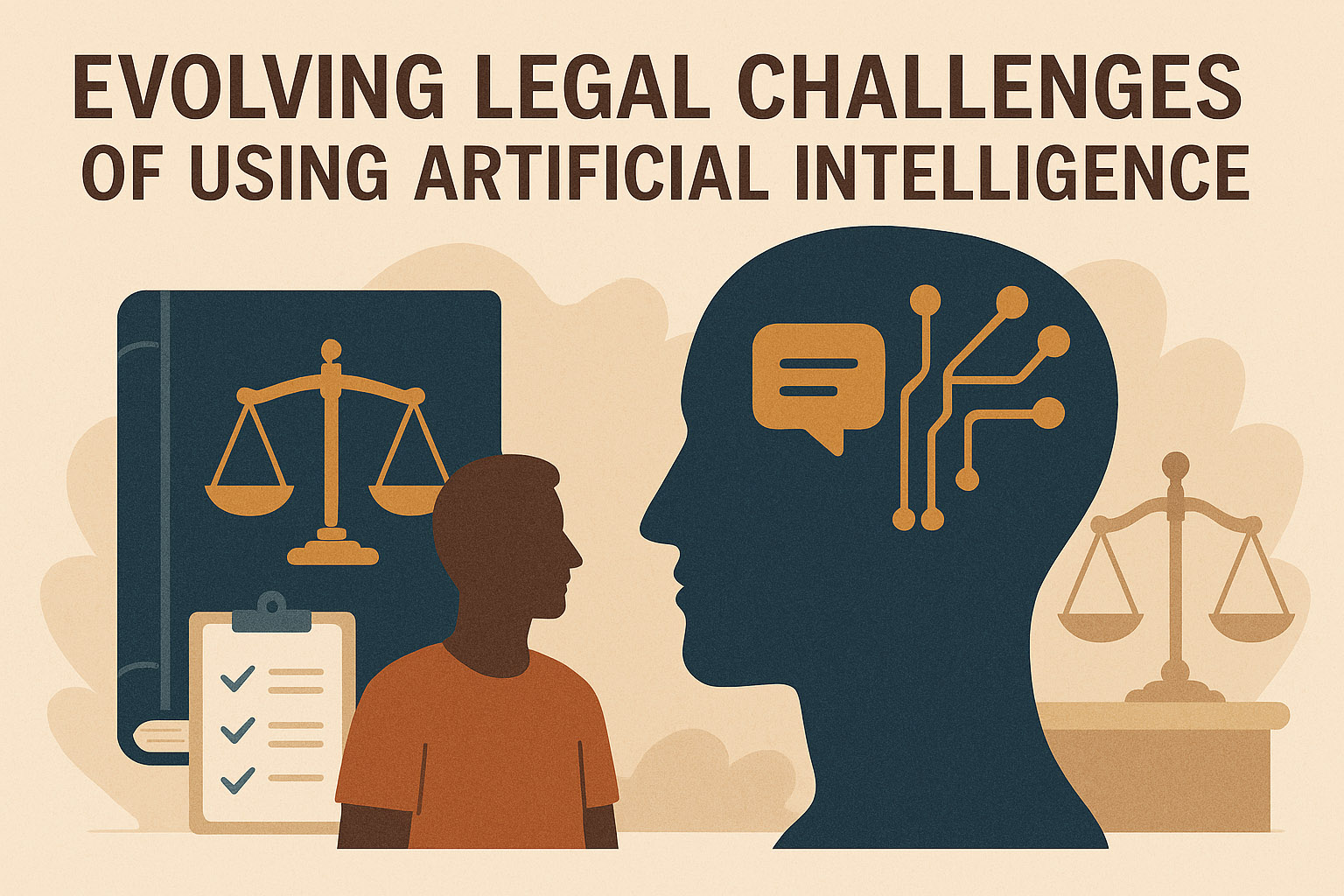
Evolving Legal Challenges of Using Artificial Intelligence
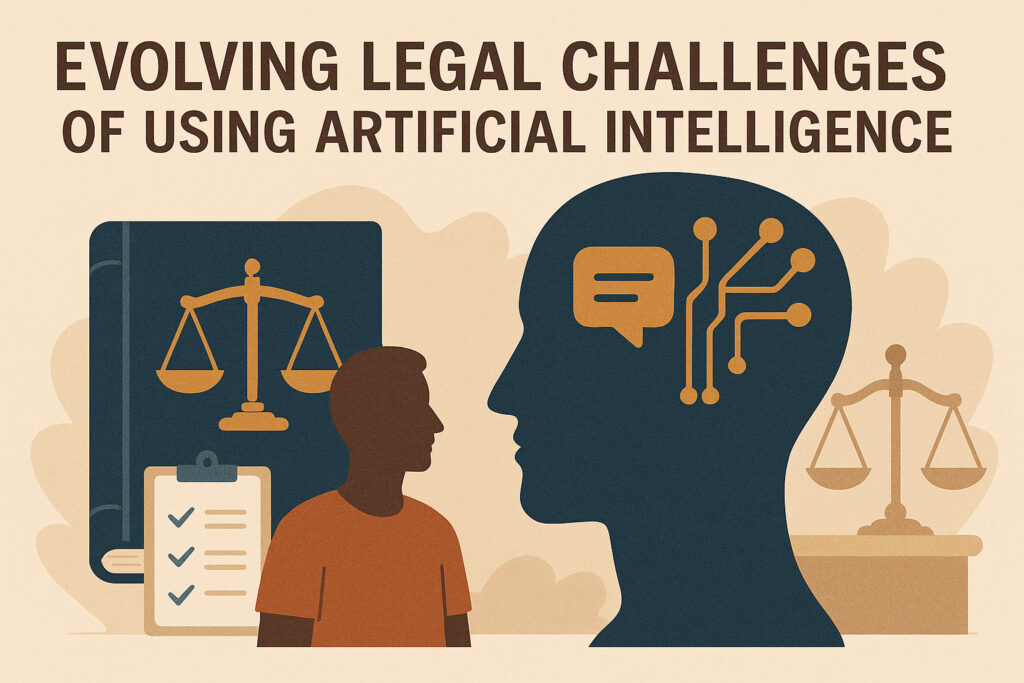
Evolving Legal Challenges of Using Artificial Intelligence
Imagine this: Your nonprofit is about to launch a groundbreaking educational program built using generative AI (GenAI). The content is fresh, engaging, and aligned with your mission. Then, headlines break—courts are questioning whether using copyrighted materials to train AI models qualifies as “fair use.” Suddenly, your launch—and your legal footing—feel uncertain.
For nonprofit leaders, the legal landscape around AI isn’t just about tech innovation. It’s about risk management, ethical responsibility, and compliance. As organizations embrace AI to expand their reach, they also need to understand the legal challenges that come with it.
What Nonprofits Need to Know About GenAI
AI—especially GenAI—is reshaping how nonprofits deliver services, create content, and engage communities. Unlike traditional AI, which focuses on analysis and predictions, GenAI creates original text, images, audio, and video based on massive datasets.
But here’s the catch: Much of that data includes copyrighted material. Whether using those works to train AI systems constitutes “fair use” is now at the center of major litigation. If courts decide it isn’t, AI developers could face massive damages and be forced to re-engineer their models. And those ripple effects would impact everyone using those tools—including your nonprofit.
Key Legal Considerations for Nonprofits
Here’s how these unfolding issues may affect your organization:
- Copyright and ownership of AI-generated content: U.S. law still hasn’t fully decided whether AI-generated work qualifies for copyright protection. That uncertainty matters if your nonprofit relies on GenAI to produce original content.
- Contracts and licensing: If your organization is using or partnering with AI developers, your contracts may need updates to address ownership, liability, and compliance.
- Employment law risks: AI tools used to monitor productivity or automate HR tasks must comply with fair labor practices. Missteps here can trigger lawsuits or audits.
- Regulatory oversight: Some AI technologies may soon require review or approval by government agencies. Nonprofits must stay informed to avoid regulatory violations.
What You Can Do Now
As AI evolves, staying legally compliant is just as important as staying innovative. Here’s how to move forward:
- Audit your AI use: Map out how you’re using AI across operations, and assess whether your policies and contracts reflect current legal best practices.
- Update your agreements: Ensure your contracts with AI providers and staff include provisions that account for emerging AI-related risks.
- Educate your team: Train your staff on the ethical and legal implications of AI so they can use these tools responsibly.
- Consult legal counsel: The rules around GenAI are changing fast. Work with professionals who understand the unique needs of mission-driven organizations.
At Our Community Law, we specialize in affordable legal services for nonprofits—including AI compliance, intellectual property, and contracts. We help mission-based leaders protect their organizations as they innovate responsibly.
Harnessing AI shouldn’t mean taking unnecessary legal risks. Contact us to ensure your nonprofit is protected and prepared for the future.
-
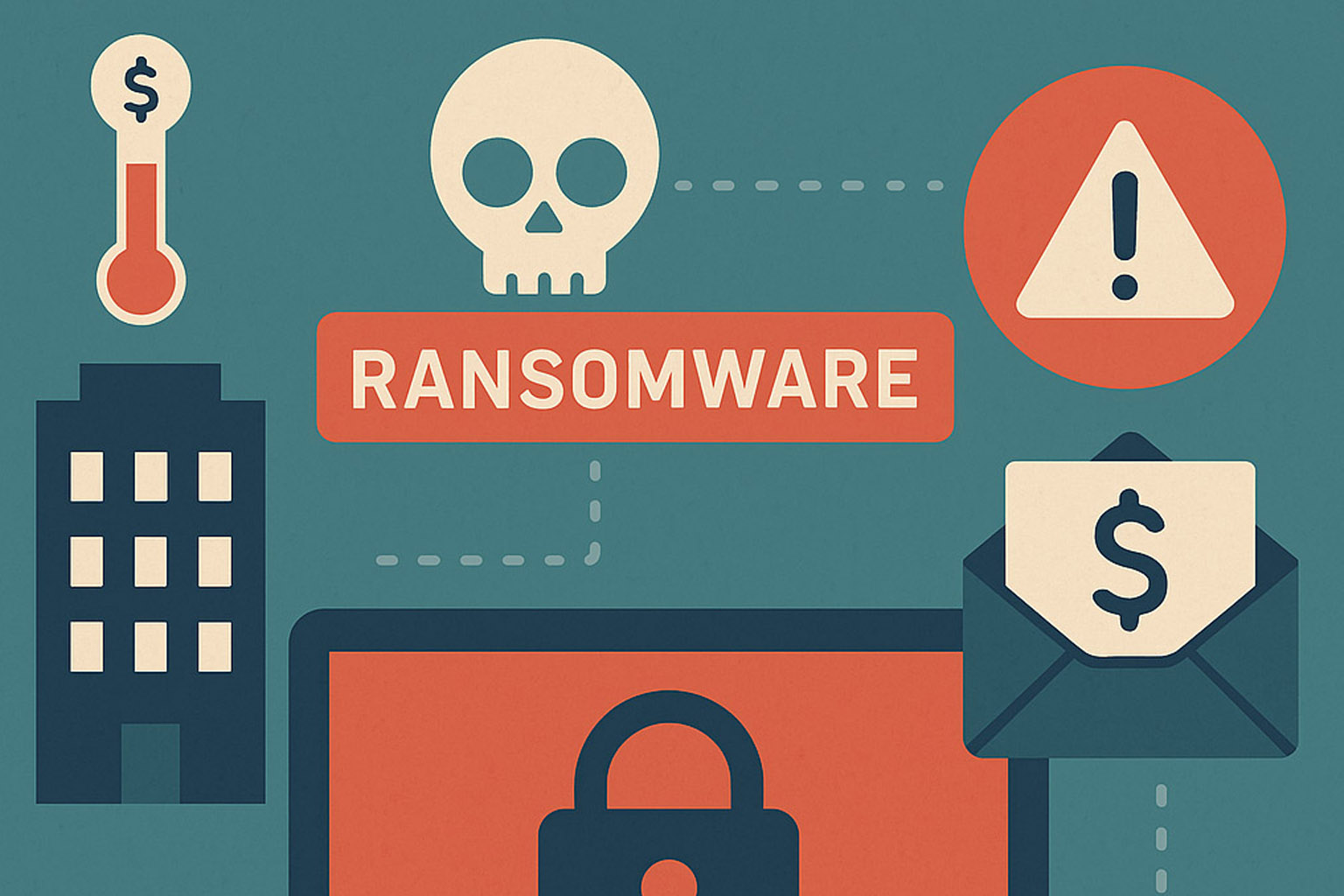
Nonprofits Can Be Victims of Ransomware Attacks Too

Legal Distinctions Between Employees and Independent Contractors
You’re in the middle of a major fundraising campaign. Suddenly, your team can’t access donor files, financial data, or internal communications. Everything is locked. A ransomware message appears demanding payment—and threatening to release sensitive data if you don’t comply.
This isn’t a hypothetical scenario. Ransomware attacks are on the rise, and nonprofits are increasingly becoming targets. These incidents don’t just disrupt operations—they expose your organization to major legal, financial, and reputational risks.
Ransomware Is a Legal and Operational Threat
Ransomware is a type of malicious software that encrypts an organization’s data and holds it hostage until a ransom is paid. And even then, there’s no guarantee you’ll regain access. According to The State of Ransomware 2023 by Sophos, nearly two-thirds of organizations were hit by ransomware last year. Nonprofits are no exception—and often lack the robust cybersecurity defenses of larger corporations.
This isn’t just an IT problem. The aftermath of an attack brings legal complexities, urgent compliance requirements, and the very real threat of lasting damage to your reputation.
What Nonprofit Leaders Need to Know
Here are key areas where your organization could be vulnerable—and how to prepare:
- Legal Risks and Sanctions
If you decide to pay a ransom, you may inadvertently violate U.S. sanctions regulations. The Department of the Treasury’s Office of Foreign Assets Control (OFAC) prohibits transactions with certain entities. Legal guidance is essential before any payment is made. - Incident Response Plans
Your organization needs a tested, well-documented incident response plan. This should include coordination with cyber forensics teams, insurers, and legal counsel. Tabletop exercises can help ensure staff know how to respond in a real crisis. - Data Breach Notification Laws
Every state has its own rules—many requiring you to notify affected individuals within 30 days of discovering a breach. Noncompliance can lead to steep fines and increased scrutiny from donors and regulators. - Contractual and Legal Liability
A ransomware attack can trigger contract breaches, data protection claims, and even class-action lawsuits. Your team must be prepared to address these legal obligations quickly and effectively.
How to Prepare and Protect Your Nonprofit
To stay ahead of ransomware threats:
- Review your cybersecurity posture: Regular audits, staff training, and technology upgrades are critical.
- Establish or update your incident response plan: Don’t wait for an attack to figure out your response.
- Monitor regulatory updates: New rules from the SEC and FTC in 2023 introduced stricter requirements for data breach disclosures.
- Work with experts: Don’t assume your nonprofit is too small to be targeted—or to need legal support.
At Our Community Law, we specialize in affordable legal services for nonprofits, including guidance on cybersecurity, data privacy, and compliance. We’re here to help you prepare for the unexpected—and recover quickly if the worst happens.
Need help navigating cybersecurity risks or building a compliance plan? Contact us today for legal support that fits your nonprofit’s needs and budget.
- Legal Risks and Sanctions



